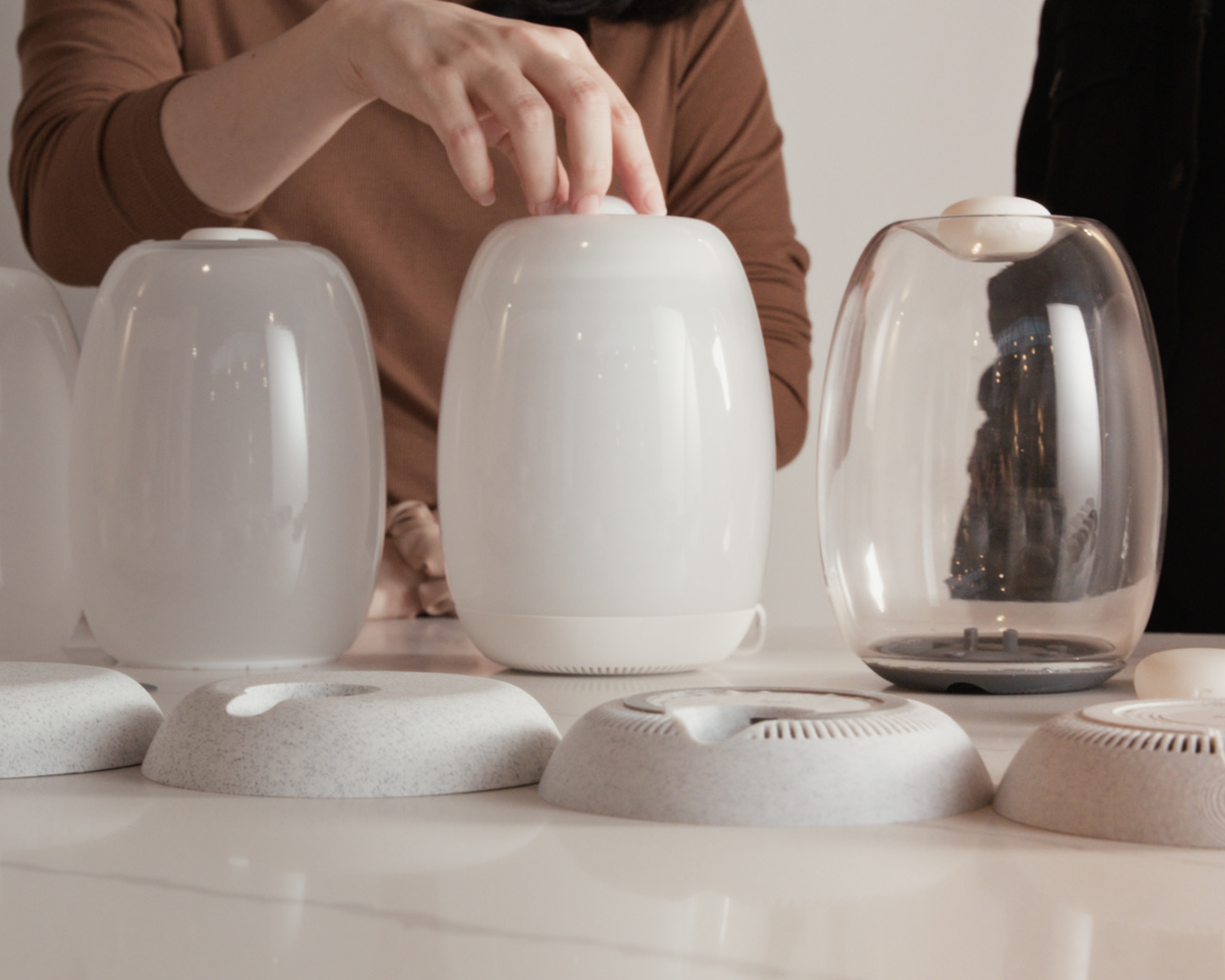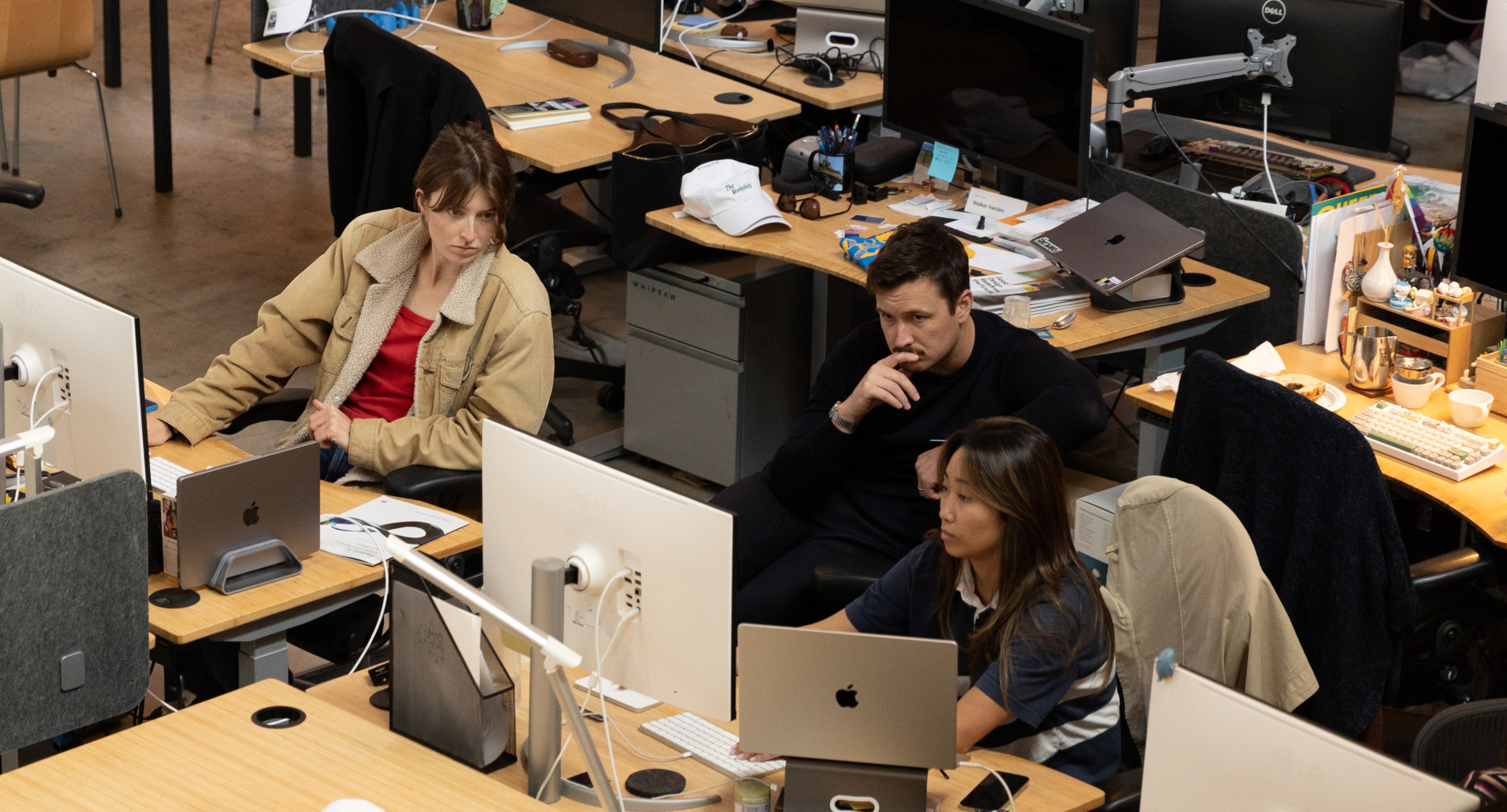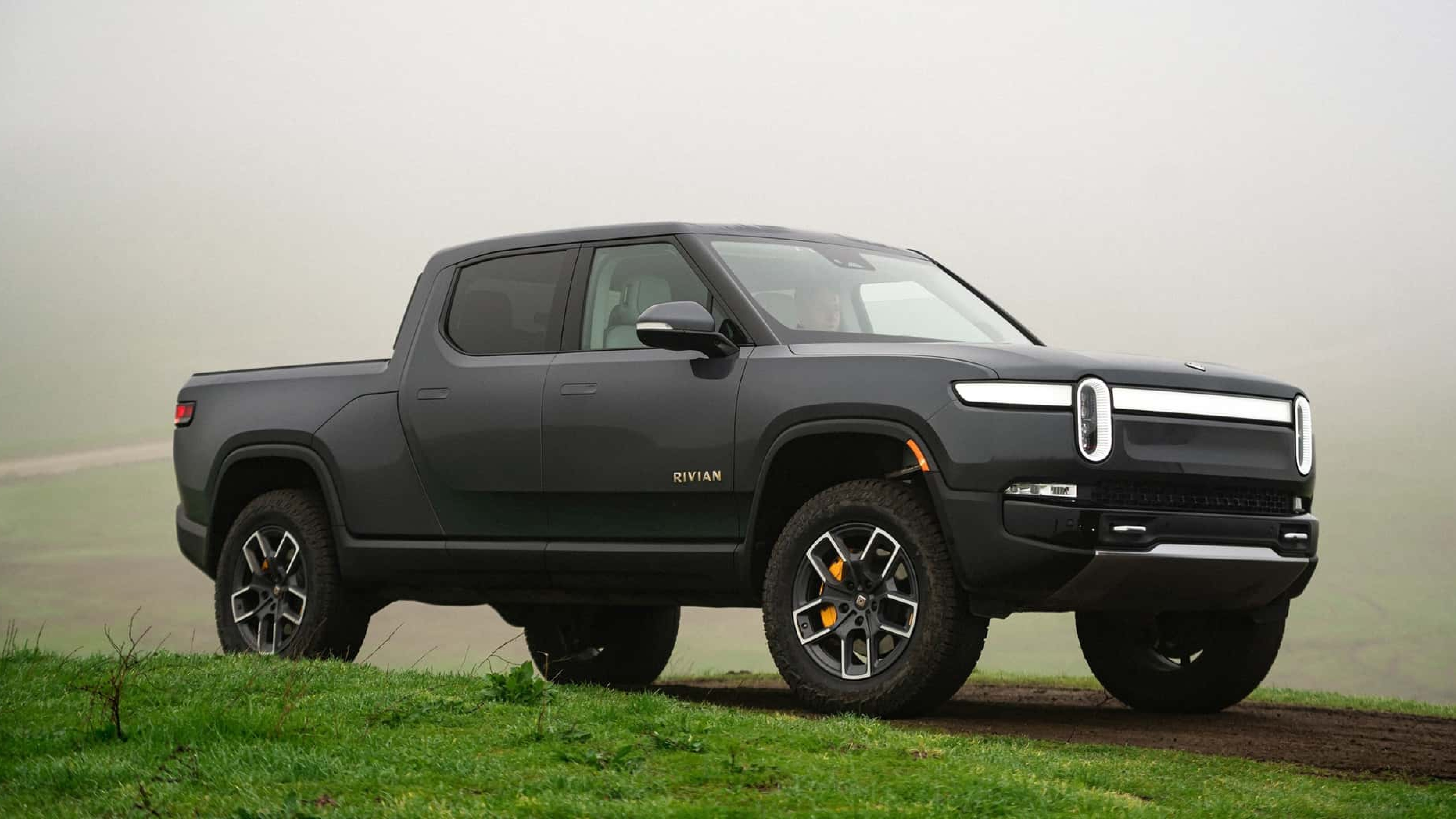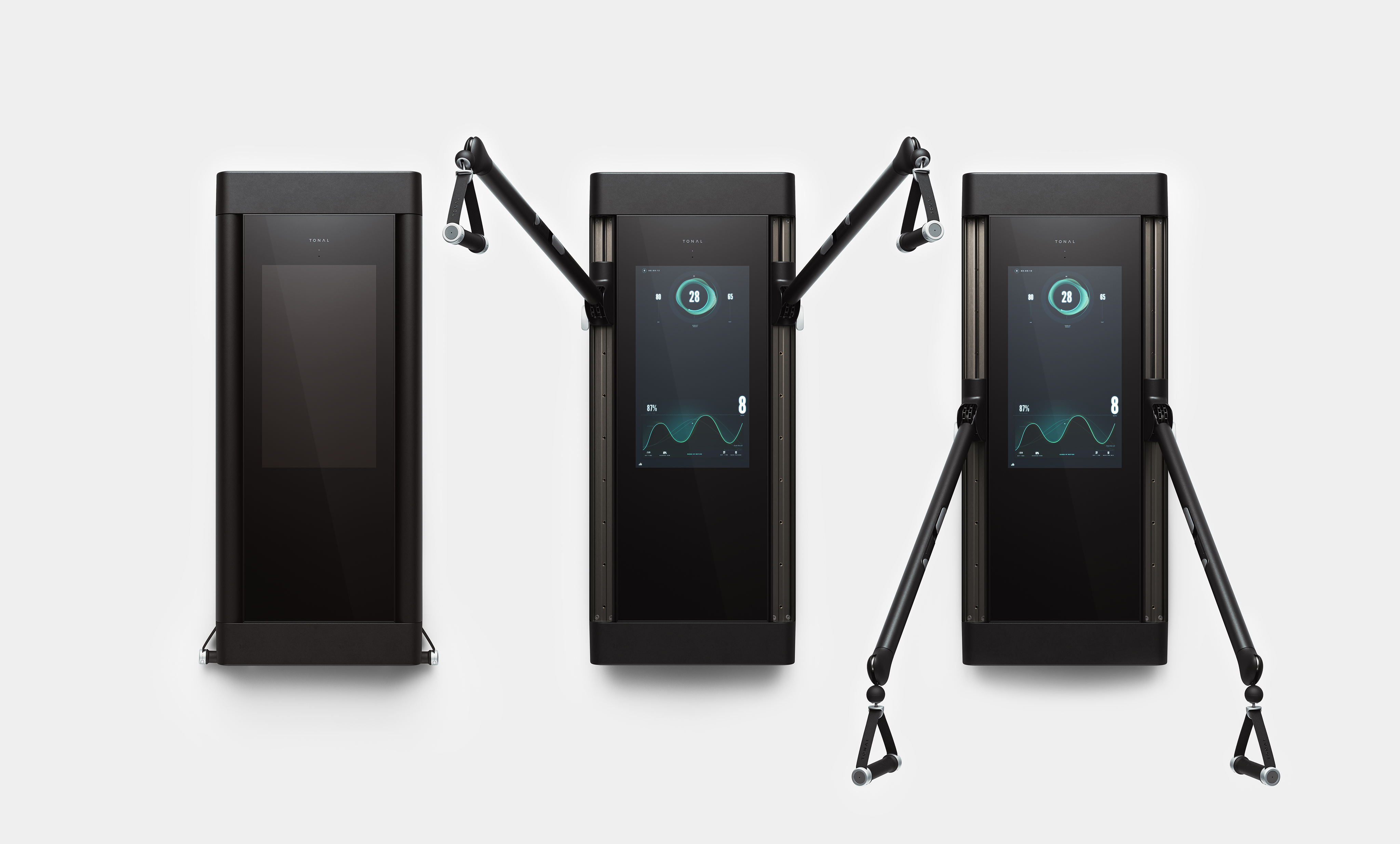

Everyone claims their product is innovative. But what actually makes a product earn that title? What is an innovative product, and how do we separate true breakthroughs from passing novelties? For decision-makers—from executives to product designers—the answer isn’t academic. Innovation often determines who leads the market and who fades away.
So, what is an innovative product? At its simplest, innovation is the successful implementation of a new idea that creates value. It’s not just novelty—it’s about turning ideas into impact. As defined by Harvard Professional & Executive Development, innovation is “the ability to conceive, develop, deliver, and scale new products, services, processes, and business models for customers.”
In other words, an innovative product is not only new but also useful, adopted, and transformative. This distinction is crucial: invention creates something new, but innovation gives it meaning. A product only earns the label “innovative” when it solves real problems, reaches users, and shifts expectations. These criteria are what distinguish true product innovation examples from ideas that never leave the lab.
These criteria distinguish true innovation from hype.
In an era where feature parity is the norm—where smartphones, EVs, and smart appliances all offer comparable specs—design and innovation are the levers that set companies apart. McKinsey’s Design Index shows that companies excelling in design outperform their peers by nearly 2-to-1 in revenue growth.
For leaders, the message is clear: innovation is not optional. It is a strategic imperative. Product innovation examples consistently reveal that breakthrough design and user experience—not just technical specifications—drive long-term growth and loyalty.
The clearest examples of innovation are those that improve daily life in unexpected ways, where technology and empathy come together to create something better.
Dyson Airwrap
When Dyson launched the Airwrap in 2018, it redefined personal care by merging advanced aerodynamics with everyday usability. Instead of relying on extreme heat, the Airwrap used the Coanda effect—an aerodynamic principle—to style hair with air, not damage it with heat.This fusion of physics, engineering, and design created an entirely new category of styling tools—one that prioritized hair health and experience over brute performance. It’s a perfect example of how deep technical insight can yield human-centered innovation.

Rivian R1T
Rivian’s all-electric truck transformed perceptions of both EVs and adventure vehicles. While traditional automakers focused on sedans and SUVs, Rivian identified an underserved segment—outdoor enthusiasts—and designed around their needs. From its modular gear tunnel to integrated campsite power and off-road capability, every element reinforced a distinct user vision.
Rather than chasing scale first, Rivian built a focused product with purpose, setting a new benchmark for what sustainable mobility can look like.

Rivian proves that innovation isn’t about being first to market—it’s about being intentional: understanding who you’re designing for, what truly matters to them, and how to deliver lasting impact.
Innovation isn’t defined by industry or company size, it emerges wherever deep thinking, technical expertise, and bold creativity converge. The same principles that drive breakthroughs in consumer tech or automotive can just as powerfully transform wellness, fitness, or sustainability.
Aescape – Redefining wellness
Innovation isn’t confined to software, consumer electronics, or transportation. Some of the most meaningful breakthroughs happen when creative thinking challenges assumptions in entirely different spheres—like wellness. Aescape illustrates this shift.
By combining robotics, advanced engineering, and deep human-centered design thinking, Whipsaw helped create the world’s first fully automated massage therapy system.

It demonstrates how innovative products emerge when diverse disciplines converge—technology, empathy, and strategic foresight working together to transform an experience once thought impossible to automate.
Tonal – Connected fitness reimagined
Tonal transforms strength training through digital weights and adaptive coaching. It replaces bulky gym equipment with a sleek wall-mounted device, empowering users to work out intelligently at home. For those seeking examples of creativity and innovation in fitness, Tonal represents a leap forward: it reimagined an old problem with modern tools and has become a cultural phenomenon.

These projects highlight how Whipsaw turns creative product ideas into real-world innovations—balancing form, function, and strategy.
The real challenge isn’t identifying what’s new—it’s recognizing the kind of innovation that endures. Across industries and product categories, the most impactful breakthroughs share several common traits that separate them from passing trends.
When evaluating product innovation examples, the question isn’t just “is this new?” but “does this meaningfully change how people live, work, or play?”
Innovation doesn’t always announce itself. Sometimes it’s bold and futuristic, like the Apple Vision Pro, other times it quietly reshapes daily habits, like Tonal or Aescape. What unites these stories is a commitment to solving problems with elegance, empathy, and strategic intent.
At Whipsaw, this belief guides every project. From robotics to fitness to sustainability, we see innovation not as a claim but as a practice. And for decision-makers searching for the next breakthrough, that’s the critical distinction: innovation is not about what’s possible, but about what matters.